A Designer’s Top 10 Tips for Interior Lighting
Consider these things when selecting the location, style and function of your home’s lighting
It might be a design cliche, but good lighting truly is everything. Lighting affects the ambiance and mood of a space — get it right and the whole look of your interiors will improve. These are my top 10 tips and considerations for creating a well-lighted home.
2. Table hopping. When hanging a light over a table or a kitchen island, 28 to 34 inches is the recommended distance from the bottom of the light to the surface of the table or island. However, the size of the light makes a difference. In general, a smaller light can be moved lower and a larger light can be moved higher.
3. Plan it out. Consider your lighting preferences during the initial design phase of a new build or renovation. For example, if you want three pendant lights over your dining table instead of one or two, that should be taken into account before construction starts.
Find black pendant lights
Find black pendant lights
4. Get your swag on. If you are adding new pendant lighting but don’t want to deal with the expense or hassle of changing your home’s electrical setup, cord swags can be a stylish solution. Swag them loosely over a bar or a hook, as seen in this kitchen, or secure the cord tight to the ceiling for an industrial look.
5. Turn it up. Don’t limit lighting to downlights. Depending on the location, consider wall sconces or uplighting to create a softer ambiance and avoid potentially harsh downlighting that can cast ominous shadows.
Browse sconce lights
Browse sconce lights
6. Know your glow. The light fixture should not be your only consideration — the type of lightbulb is equally important. Halogen, compact fluorescent and LED bulbs come in a range of warm or cool hues. Much like the color of your walls, the type of glow you want is mostly a personal decision.
If your walls are covered in cooler tones, you might want to warm them up with a lightbulb that casts a warm glow. Conversely, you may want a cooler glow to brighten up a darker space.
If your walls are covered in cooler tones, you might want to warm them up with a lightbulb that casts a warm glow. Conversely, you may want a cooler glow to brighten up a darker space.
7. Light up those stairs. Adding lights to stair risers is beneficial since it can be hazardous negotiating stairs, especially at night. Staircases are often enclosed, so light them from the sides or embed lights in the risers as a design element.
8. Toe-kick lighting. Don’t think that adding lights to your toe-kicks is a frivolous, aesthetics-only decision. Strip lighting at the underside of base cabinets is a great way to create a night light that looks fabulous.
Discover easy ways to add toe-kick lighting
Discover easy ways to add toe-kick lighting
9. Don’t shy away from color. Putting a light fixture in a bright hue in an otherwise simple room can add some fun and interest to the space. Colored shades can work wonders, especially when the light is turned on.
10. Be decorative. Adding lights as decorative elements helps set a mood in a space. Provided that general lighting is already installed, using lights instead of wall art can be a decorative way to provide ambient lighting.
More
Your Guide to Common Light Fixtures — and How to Use Them
Get Turned On to a Lighting Plan
More
Your Guide to Common Light Fixtures — and How to Use Them
Get Turned On to a Lighting Plan
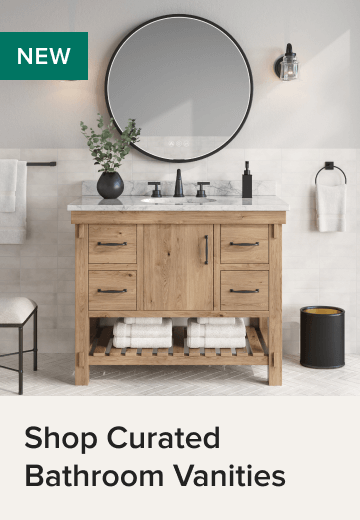
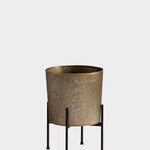
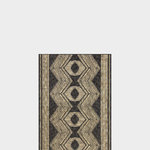
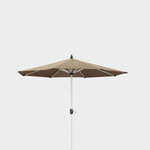





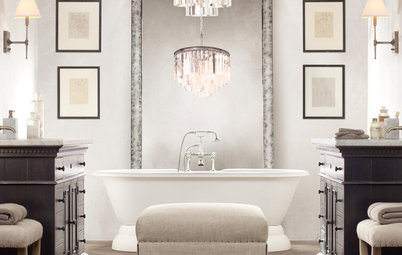
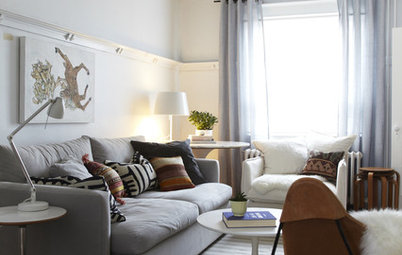
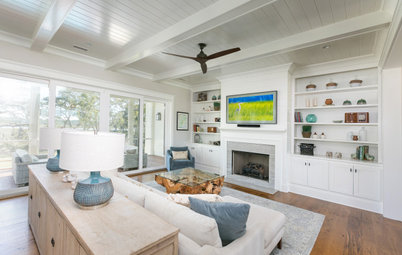
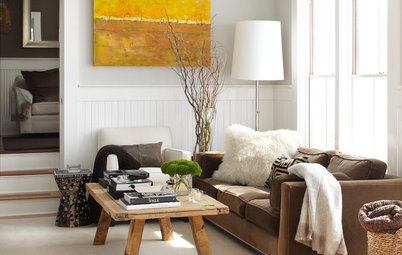
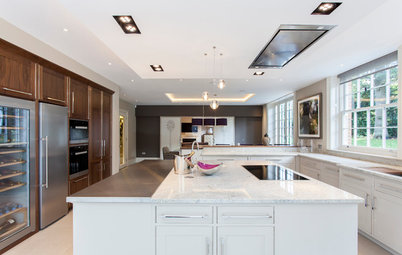
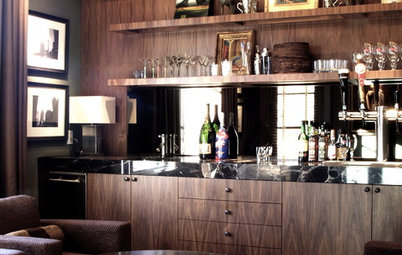
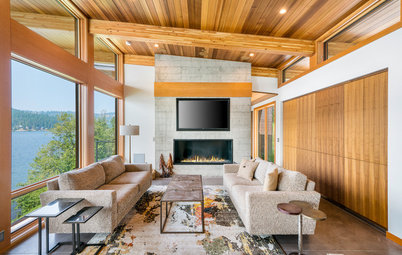
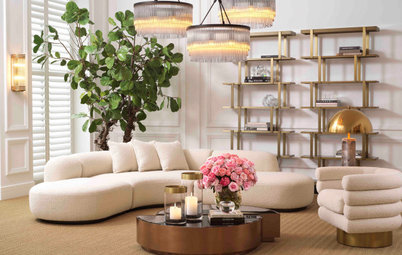
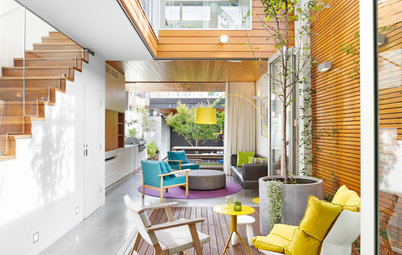
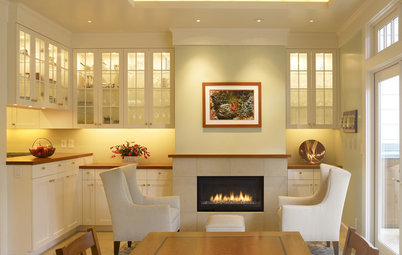
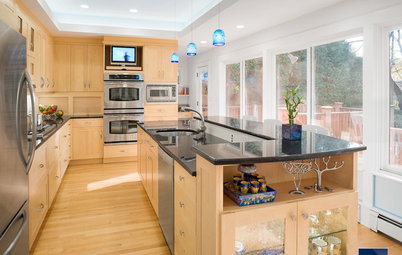
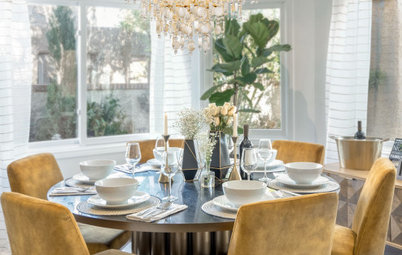
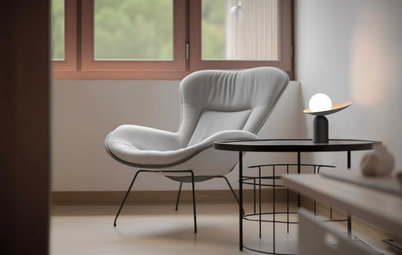
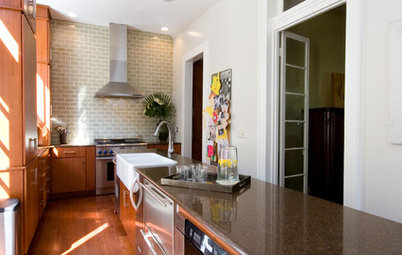
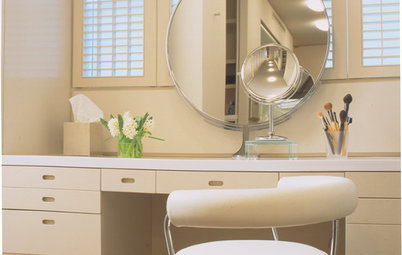






As a rule of thumb, the bottom of a light should hang about 12 to 20 inches below a standard 8-foot ceiling. For each additional foot of ceiling height, add 3 inches.